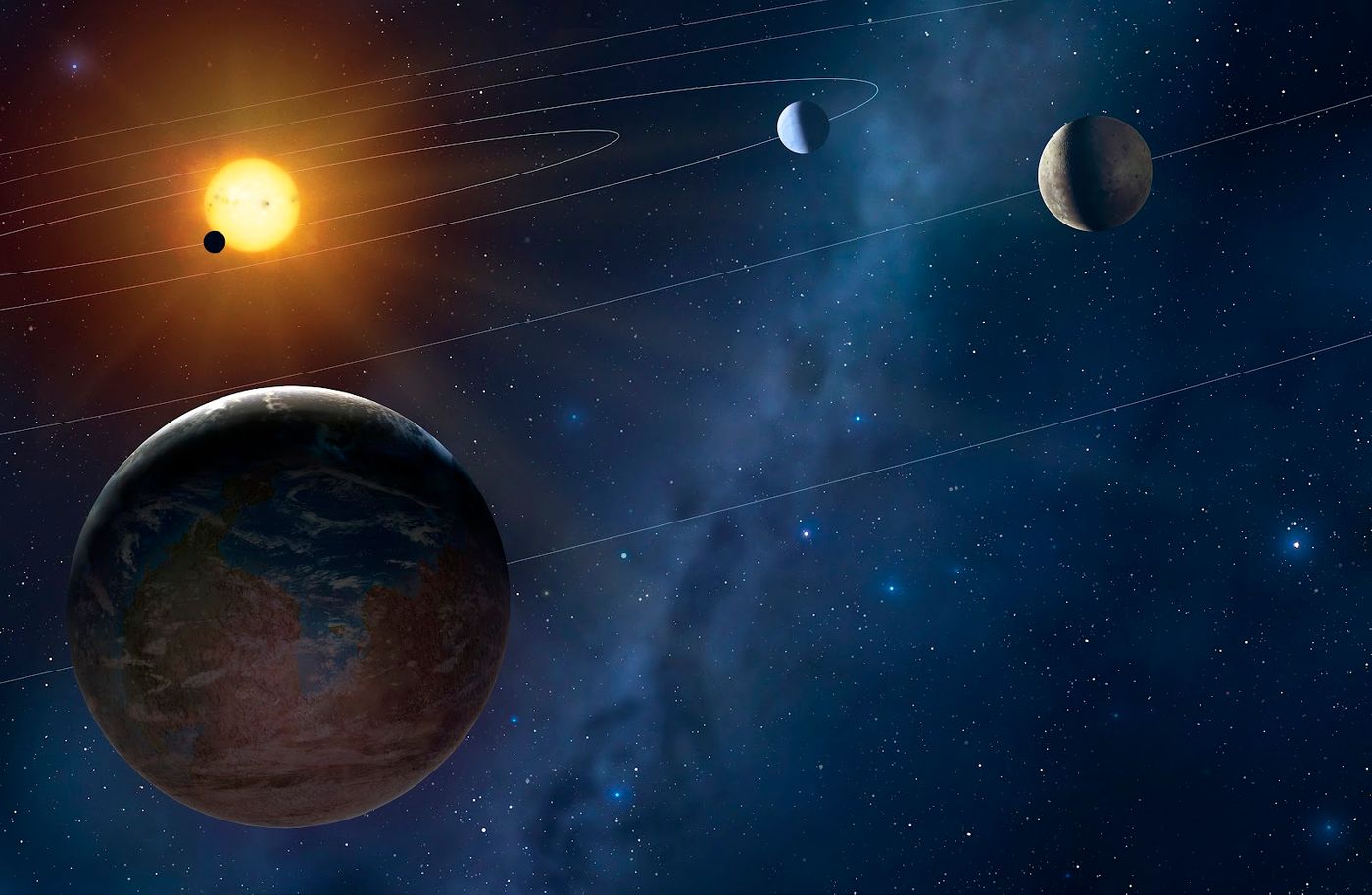Systems with Tightly-Packed Planets May Teach Us More About Our Own Solar System
Scientists are always out to learn more about how our Solar System formed, the only problem is, we don’t have a time machine and how it formed is a bit of a mystery. On the other hand, we can always try to observe other systems in the universe that look a bit like ours and study the characteristics so we can compare it to ours and learn more.
One of the things scientists look for in this process are systems with tightly-spaced inner planets (STIPs), these are essentially systems where the planets are going to be small and orbit very closely together around their host star. Such environments are similar to the inner planets in our Solar System, basically from the asteroid belt inwards.

Researchers Mariah MacDonald and Darin Ragozzine from the Florida Institute of Technology have been eyeballing one of these systems in particular using data accumulated from NASA’s Kepler mission, and their findings are available in a paper online and have been submitted to the Astrophysical Journal.
Some 1,100 light years away, a star dubbed Kepler-80 plays host to one of these particularly rare systems. Inside of it, there are five small planets that are orbiting the star very closely, and all of them appear to have strange orbits.
So what’s so strange about them?
It turns out that the planets actually orbit their host star up to 150 times closer than the Earth is from our Sun. Because of this, it doesn’t take very long for the planets to make a full orbit around their host star. A full orbit may take only around one to nine Earth days.
What’s more is because the planets were so close to one another while orbiting their star, each of them had a gravitational influence on the planets around them, which means orbits around their star could vary by up to 0.001 percent with each orbit.
Despite the variation, however, the planets seem very stable in their orbit because once every 27 days, they would return to about same orbital configuration. This is something that’s particularly unique about this system and it’s interesting to observe.
“The outer four planets return to almost exactly the same configuration every 27 days,” said Ragozzine. This effect is known as a “resonance” and helps the system remain gravitationally stable.
So what does all of this mean for our Solar System?
Not very much, but the four outer-most planets were very Earth-like and rocky. The scientists note that they were anywhere from 4-6x the mass of the Earth and the sizes varied because of the gassy atmospheres that some of the planets had.
Nevertheless, the fact that the planets are forming so close to their host stars is definitely shaking up the way we think about the formation of planets. We continue to search for more answers about how the Earth formed, and it seems every time we get a grip, a new system changes everything that we think we know.
NASA’s Kepler mission is still out there and scanning the nearby systems of our galaxy for clues.
Source: Florida Institute of Technology via Nature World News








